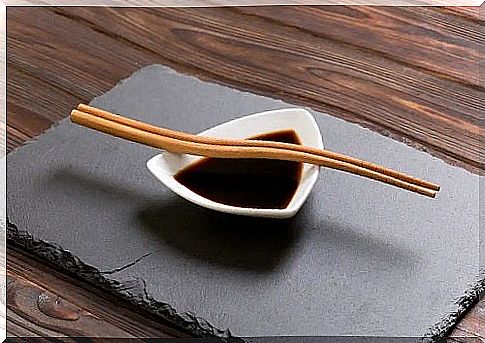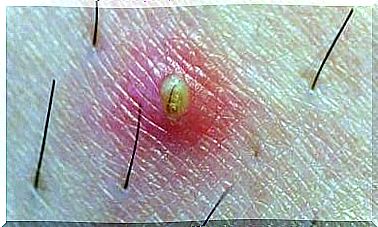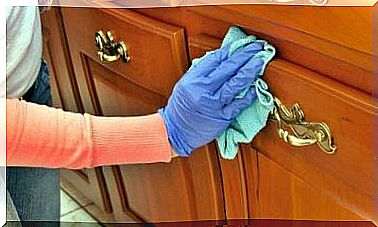Is Sushi Healthy? Benefits And Associated Risks

Sushi is a fashionable Japanese food in different parts of the world. it is considered a gourmet dish. Combine ingredients such as rice seasoned with vinegar, raw fish, seaweed and vegetables. Is Sushi Healthy?
A peculiarity of this dish is the complexity of preparation. In general, most people associate it with a low-calorie option.
How is sushi prepared?
Traditionally, sushi is made from white rice cooked with sugar, which is combined with raw fish. In Europe, the use of salmon is a priority, and in Japan tuna.
In short, a sheet of cloud seaweed is used for this recipe ; on top, put a layer of spicy rice and fish, avocado and other vegetables or fruits of your choice.
Rolls are formed, wrapping the algae. Cut into pieces of the same length. For flavoring, before consumption, soak in a bowl with soy sauce.
Is it healthy to eat sushi?
Sushi ingredients are commonly used in any diet, except soy sauce. The fish in this dish is used raw.
To determine whether or not it is healthy to eat sushi, we will analyze the recipe. First, let’s see what are the advantages of this Japanese dish.

Fish provides healthy fatty acids
Both tuna and salmon are blue fish. Their consumption has various health benefits, especially cardiovascular. In fact, various studies on this topic indicate that omega 3 in fish can prevent various pathologies.
Avocado is a source of omega 9
Avocado is the fruit used to make sushi. Of course, some variations may incorporate other vegetables, such as carrots or bell peppers.
Avocado is a source of quality fat. The Spanish food book states that this fruit is a source of vitamin E, C and B6. It also has a high potassium content, which contributes to the normal functioning of the nervous and muscular system.
The risks of eating sushi
Consumption of sushi can have some disadvantages, especially because of the risk involved in eating raw meat.
It is not advisable to eat raw fish
Beyond the fact that fish provide quality fats, in order not to expose you to diseases of microbial origin, it is not advisable to eat raw meat. Various studies on this topic highlight the risks that eating food without proper heat treatment can have.
The most common disease associated with sushi consumption is anisakis. It is triggered by the ingestion of live larvae that are present in fish. In short, the parasite can trigger severe allergic reactions and digestive symptoms.
There may also be contamination with other bacteria, such as Salmonella or Listeria monocytogenes . For this reason, at-risk populations, such as children and pregnant women, should avoid eating sushi.
Soy sauce is rich in sodium
One of the problems with eating sushi frequently is that soy sauce is high in sodium. Specifically, a single spoon provides about 40% of the daily limit. For this reason, the ingredient is not recommended for people with high blood pressure.
Although soy sauce is essential for flavor, those with high blood pressure should use a different type of sauce. This will avoid complications.
It can have a high caloric value

Generally, a sushi roll offers a small amount of fish, seaweed and vegetables. Therefore, its main component is white rice, which does not provide the same amount of vitamins, minerals and fiber as the full version. Cooking rice with sugar increases the caloric value.
Excessive sushi consumption could lead to a significant caloric intake. Of course, occasional consumption will not lead to weight gain.
It is healthy to eat sushi with proper precautions
In short, if you consider the ingredients in sushi, it can be a healthy meal. Set aside the sodium-rich sauces. Be extremely careful and eat foods that do not contain microorganisms.
If you want to eat this dish at the restaurant, the place must comply with the standards of sanitary hygiene. Read online reviews and look for government food safety certificates.









